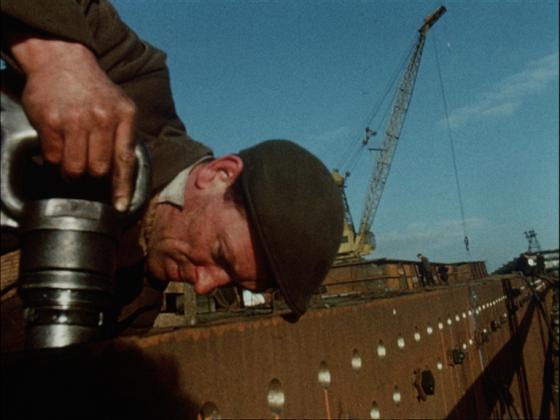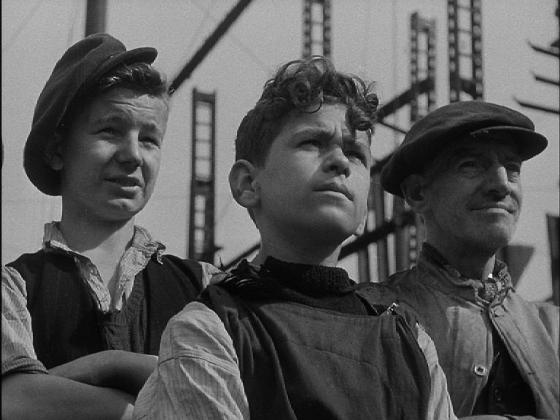In the years leading up to and during the Second World War, ships were in high demand. Naval ships were needed for the conflict, but merchant ships were also required to keep supply chains open. Many women entered the shipyards for the first time during that period, taking on traditionally male roles while the men were away fighting. Later, some women continued to work at the yards, but were moved back into ‘female’ roles such as polishing and cleaning.
After the war, new ships were once again needed to replace those destroyed during the conflict. Many people expected this boom to be followed by a slump, as had happened in the past, but that didn’t happen. In the 1950s, the Korean Conflict (1949) and the Suez Crisis (1956) also helped to boost demand for ships.
After a decade or more with no ‘slump’, workers began to have more power. Where in the days of ‘the market’ a worker was afraid to cause any trouble by speaking up, during the ‘long boom’ (the 1960s and early 1970s) the power of workers to strike for better conditions or to avoid redundancy increased. Precarious contracts were replaced by stable work.
Health and safety improved during that period, although even now, unions are supporting ex-shipyard workers who need to make claims for work-related health issues including asbestosis and ‘white finger’, an injury caused by the use of hand-vibrating tools .
This time of prosperity also meant changes for people's lives outside of work. During WW2, many homes in the North East were destroyed by bombing – 12,800 in Sunderland alone! These needed to be replaced, and in the years after the war, many new housing estates were built, with people moving away from the crowded areas along the river to newer estates. As the post-war boom times continued, more and more people moved out of council housing and bought their own homes. Both of these changes meant that people no longer lived where they worked, and no longer lived near and socialised with the people they worked with.
The nature of North East communities changed forever.

Dennis Brennan, Draughtsman on the Tyne
(External link)
Oral history recording with Dennis Brennan as part of the Millennium Memory Bank. Dennis remembers his involvement as a young draughtsman with the design of an improved crane for a small shipyard on the Tyne in 1961. He paints a vivid picture of the hive of activity on the river at that time.

Terry Boyd of Blyth, Plater
(External link)
In this audio clip, Terry Boyd talks about the changes he saw over many years working in the Blyth shipyard.

A Ship There Was
(External link)
A Ship There Was (1952) is a docu-drama produced for the National Savings Committee. It tells the fictional story of a shipyard worker who is convinced to give up his own dreams to use his savings for his son's education. The film includes footage of the Ocean Monarch, built at Vickers Armstrong in Newcastle, 1951.

Full Ahead
(External link)
Full Ahead (1965) is a promotional film made by Turner Films about the modernised Austin & Pickergill ship 'factory' in Southwick, Sunderland.

John Bowey remembers Shipyard Fortnight
(External link)
For two weeks each year, the yards would close, and almost everyone would take their summer holidays at the same time. It was known as 'shipyard fortnight'.

Leslie Long of Blyth, Shipyard Worker during WW2
(External link)
You can listen to Leslie Long talking about his experiences of working at the port during World War Two.

Tyneside Story
(External link)
Tyneside Story (1944) is a dramatisation of the re-opening of Tyneside shipyards at the start of the Second World War after being closed during the depression.